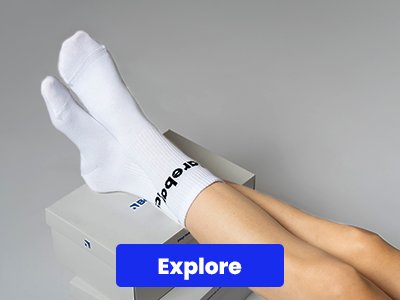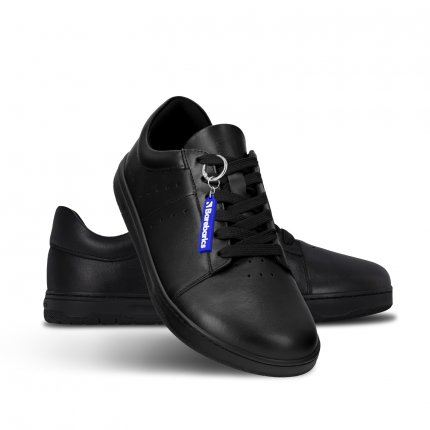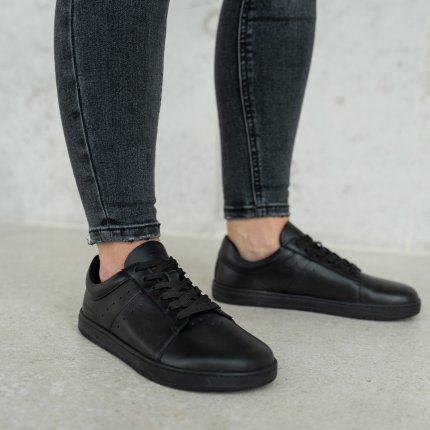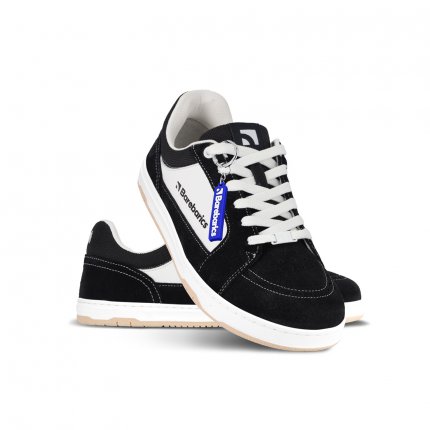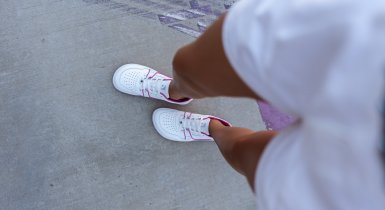How to choose your first pair of barefoot sneakers?
You try shoes on in the store and they seem to fit. You buy the sneakers, but after a few hours of wearing them, it feels like your feet are trapped in a vice. Blisters, tired feet, worn-out socks... We’ll show you how to choose your first barefoot shoes, how to prep your feet for the switch, and which models are really worth it.

Table of contents
How to choose the right size of barefoot shoes?
With barefoot shoes, it's not enough to pick a size based on the number on the label. You need to know the length and width of your feet. And don’t forget to factor in a bit of extra space your toes need.
- Measure your foot. Stand on a piece of paper, trace your foot, and measure the longest part (usually the big toe or second toe).
- Add extra space for your toes. Ideally 0.5 to 1.2 cm to allow your foot to move naturally.
- Compare the final length with the size chart. A well-fitting barefoot shoe won't squeeze your toes or press on them from the inside.
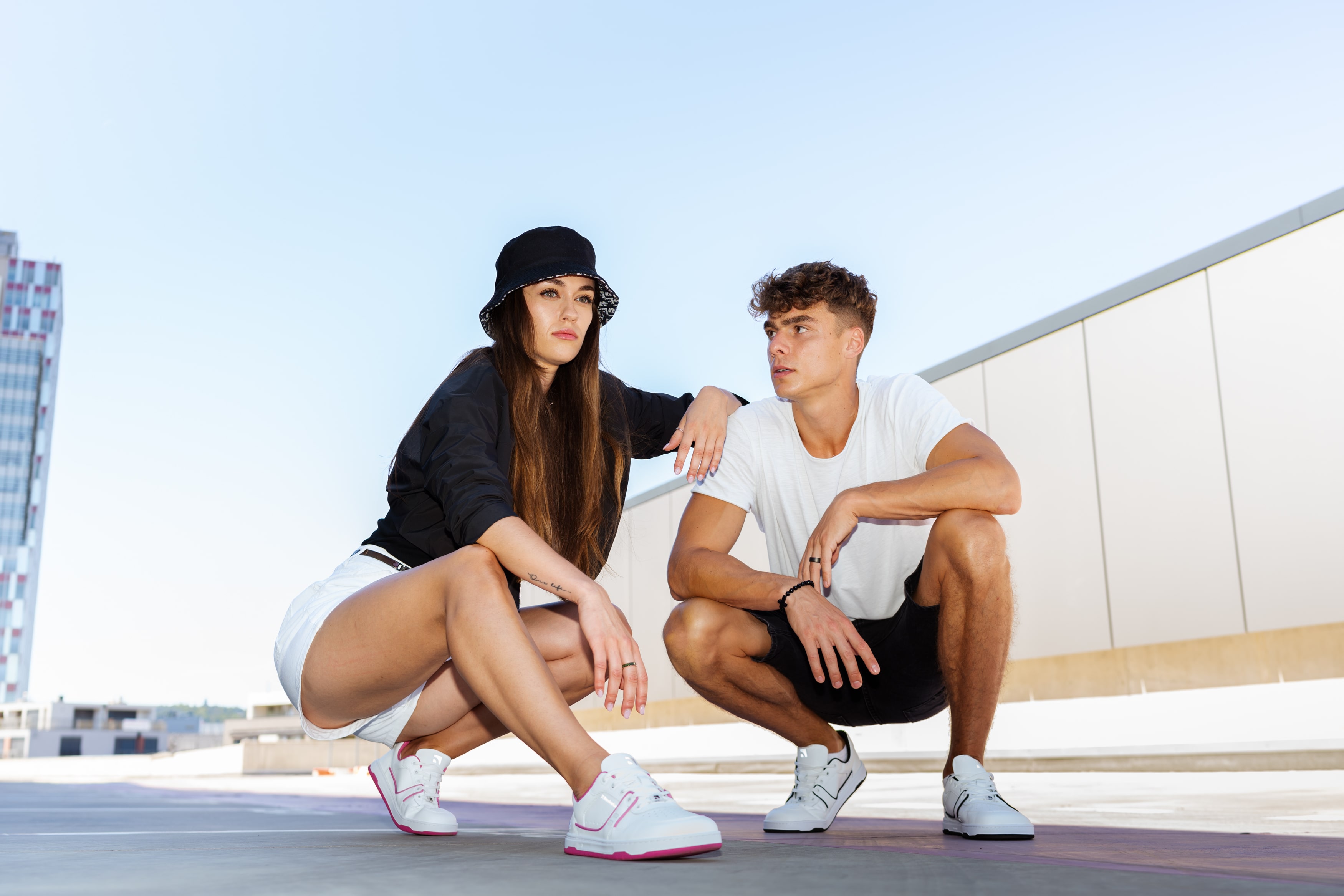
How to transition from regular shoes to barefoot?
Slow and steady. Your muscles, tendons, and arches need time to adapt to the new way of walking. The transition may take a few weeks or even months depending on how used to regular shoes your feet are.
Start easy:
- Wear barefoot shoes only for a few hours a day.
- Strengthen your feet (e.g. rolling a ball under your foot, tiptoe walking).
- Pick one of our Barebarics models, which offer a slightly thicker sole for a smoother transition.
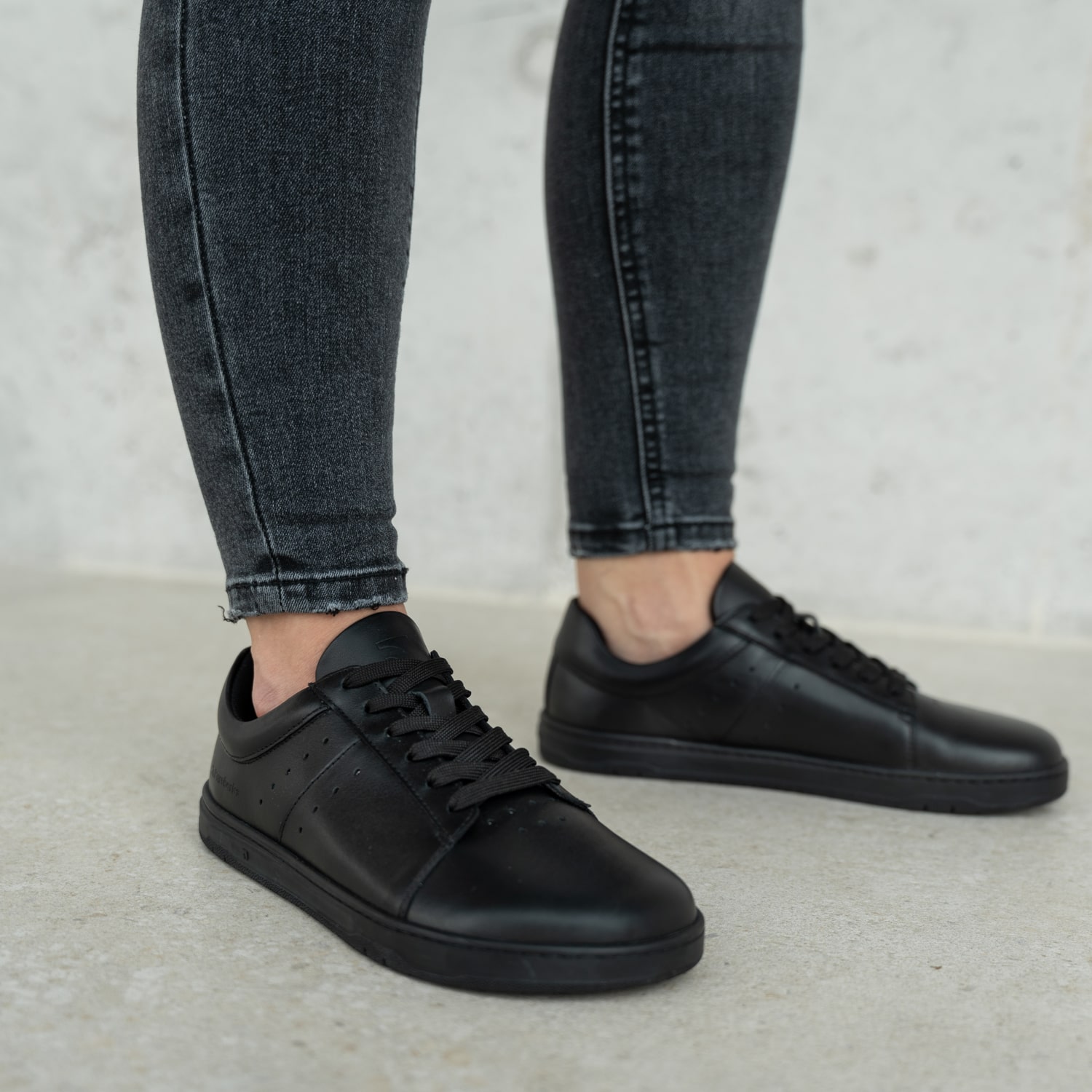
Men’s, women’s and endlessly stylish barefoot sneakers
Still on the fence? Let us convince you. In our collection, you’ll find unisex barefoot sneakers perfect for everyday wear, work, city strolls or travel. You can’t even tell them apart from regular sneakers. And the best part? They’re perfect for transitioning into barefoot.
Legendary sneakers - A must-have for anyone sporty who loves streetwear. Inspired by the worlds of skateboarding, street culture and freedom. Available in timeless black and white or classic blue and grey tones.
Enigma for work and date - Simple, stylish, and breathable. Available in black and white. The perfect summer sneakers you can wear with business casual looks to a meeting, or just throw them on with joggers to grab a drink with friends.
Arise as airy as a cloud - Sneakers that last, are easy to clean, and have a design that’s just fun. We drew inspiration from the retro 90s to create a pair you’ll never want to take off. Eye-catching design, comfy soles – what more could your feet ask for?
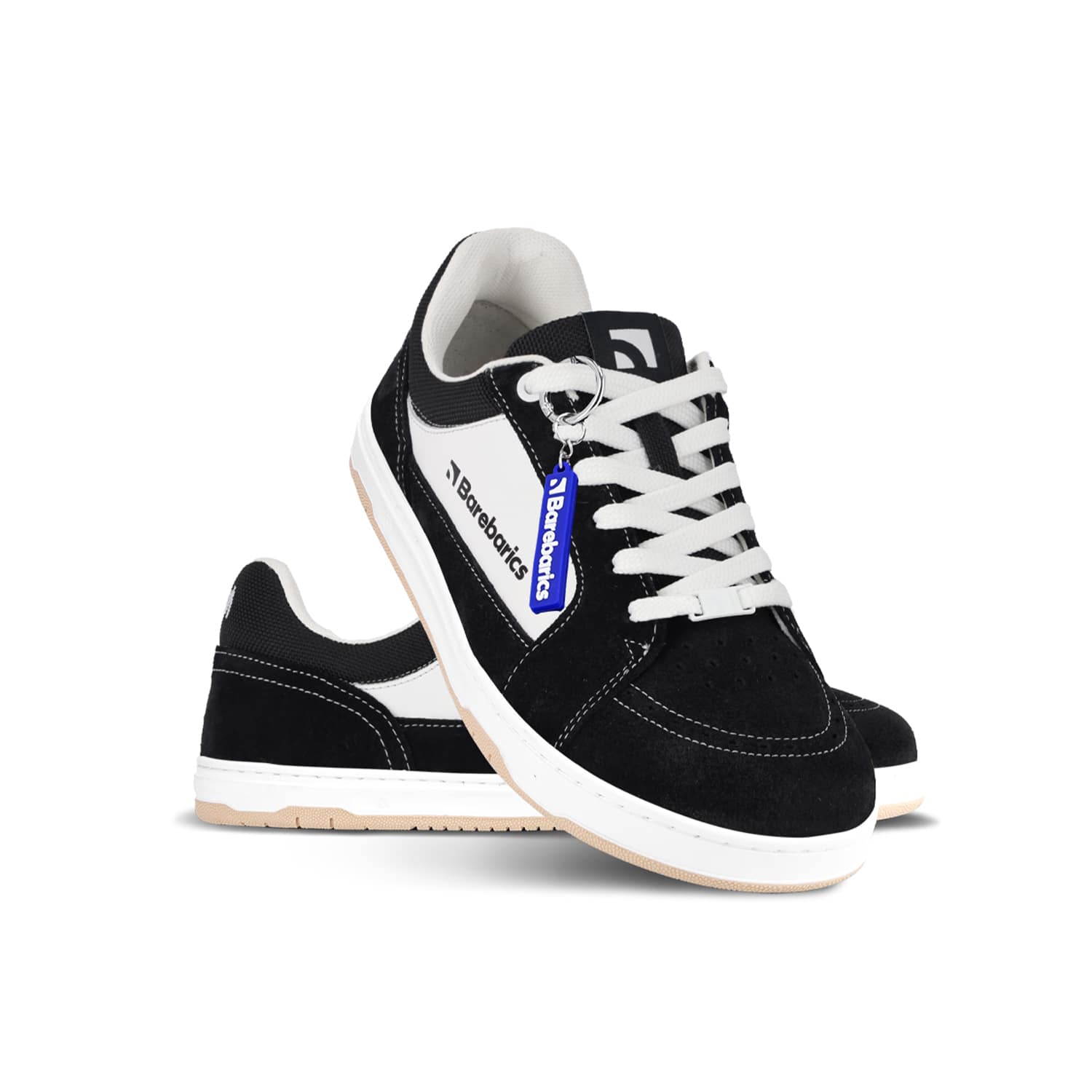
Frequently asked questions when choosing your first barefoot shoes
How quickly do the feet get used to barefoot shoes?
+ -Adaptation is individual, but it is recommended to start wearing barefoot shoes for just a few hours a day and gradually increase the time. Strengthening exercises like foot rolling, tiptoe walking, and toe spreading exercises are also helpful.
Why is it necessary to transition to barefoot gradually?
+ -The muscles, tendons, and arch of the foot need to adapt to a new way of walking and biomechanics. A transition that is too fast may cause discomfort or foot strain.
Which Barebarics models are suitable for transitioning to barefoot?
+ -Models with a slightly elevated sole, such as Barebarics Legend, Enigma, or Arise, are recommended. They combine the functionality of barefoot shoes with stylish design and are also suitable for everyday wear.
What benefits does barefoot footwear bring to my feet?
+ -Barefoot footwear supports the natural movement of the foot, strengthens muscles, and improves blood circulation and stability. It also reduces the risk of back and knee pain by promoting proper posture.
How to correctly measure your foot for choosing barefoot sneakers?
+ -Stand barefoot on a piece of paper, trace your foot, and measure the length from heel to the longest toe. Don’t forget to measure the width as well. Add 0.5 to 1.2 cm as extra space and compare the result with the size chart for the specific model.
Why is it important to add extra space when measuring?
+ -Toes need free space for natural movement in barefoot shoes. The added extra space ensures the shoe won’t press on your foot and the toes won’t touch the inside of the shoe. It is recommended to add 0.5 to 1.2 cm in length.




